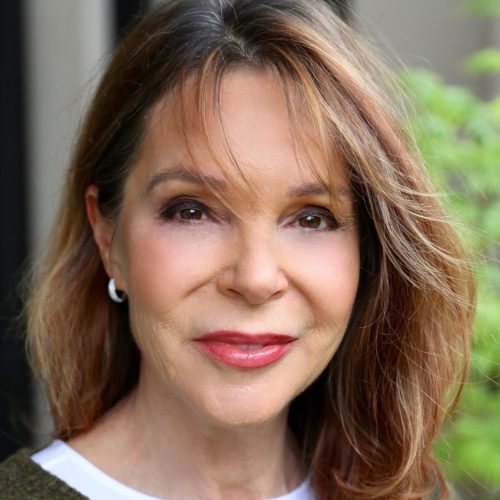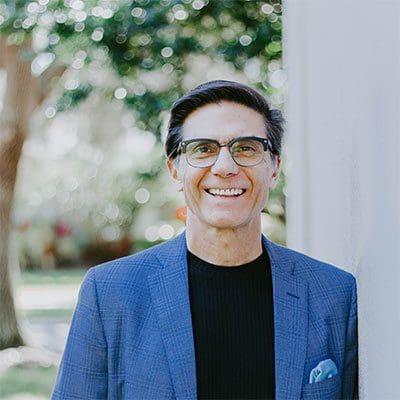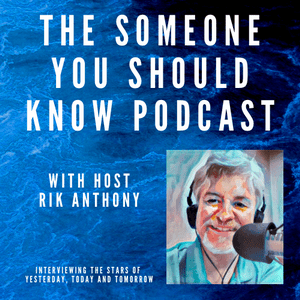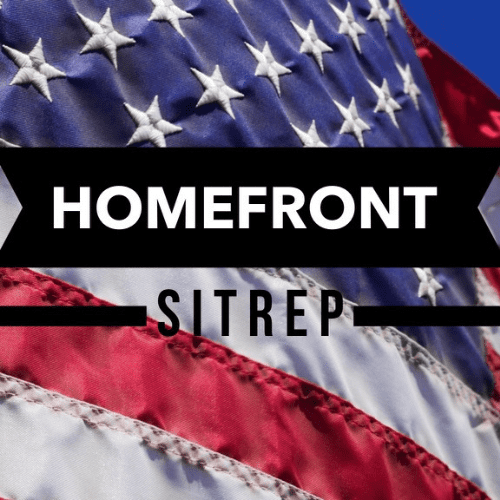Happy Thanksgiving
Today is Thanksgiving in Canada.
This is an important holiday with cultural, historical, and social
significance. It serves as a time for Canadians to express gratitude and
appreciate the blessings in their lives.
Thanksgiving in Canada dates back to the 16th century when
English explorer Martin Frobisher held a ceremony to give thanks for surviving
his journey to the New World. Over time, it evolved to include celebrating the
harvest and other blessings of the past year.
Traditionally, Thanksgiving is linked to the harvest season.
Early settlers in Canada celebrated successful harvests with feasts to mark the
end of the farming season and prepare for the long winter ahead.
Thanksgiving reflects key values such as
gratitude, community, and appreciation for nature. These are deeply embedded in
Canadian culture, and the holiday fosters a sense of national identity and
unity. But Thanksgiving also starts a flurry of celebrations of not only thanks but of hijinks for Canadians.
We may not think about this, but there is a link between the holiday of Thanksgiving and the greeting of ghosts and goblins at your door on October 31. While Thanksgiving and Halloween are distinct holidays with different historical and cultural roots, there are several interesting links and influences between the two traditions that we don’t think about or perhaps even realize.
One of the most noteworthy links is the tradition of masking and dressing up, which has a shared history between the two holidays. Historically, Thanksgiving in the United States had a tradition of “masking” or “mumming,” where children would dress up in costumes and go from door to door, often seeking treats or engaging in playful pranks. This tradition was adopted by Canadians and predates the modern practice of trick-or-treating associated with Halloween.
Tad Tuleja, a folklorist, argues that Thanksgiving masking is a “missing link” between European traditions and American Halloween. He suggests that the practice of dressing up and going door-to-door during Thanksgiving was later adopted and adapted into the Halloween tradition of trick-or-treating in the 1930s.
The evolution of Halloween traditions has also been influenced by other holidays, including Thanksgiving. As Halloween became more commercialized and widespread, it absorbed elements from various cultural and seasonal celebrations. For instance, dressing up in costumes, once a part of Thanksgiving celebrations, became a central aspect of Halloween.
Fall is both the beginning of the end of the season and the start of the rebirth of the seasons. Our fall celebrations of Thanksgiving and Halloween contribute to the festive and celebratory atmosphere of the fall season. Thanksgiving marks the beginning of this festive period, emphasizing family gatherings, traditional meals, and expressions of gratitude. Halloween, occurring later in the season, continues this spirit of celebration, focusing on costumes, decorations, and community events. This sequential celebration creates a prolonged period of festive activity, with each holiday building on the excitement and communal spirit of the previous one.
The link between the celebration of Thanksgiving and Halloween is rooted in historical traditions, cultural influences, and the shared festive spirit of the fall season. The historical practice of masking and dressing up during Thanksgiving has contributed to the modern trick-or-treating tradition of Halloween. Both holidays play significant roles in shaping the seasonal celebrations and communal activities that define the autumn and early winter months.
Originally Published on https://boomersnotsenior.blogspot.com/

























